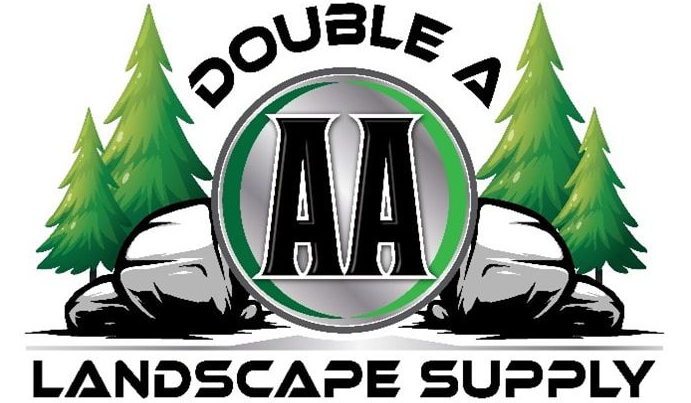Mulch is one of the most important elements in landscaping and gardening. Whether you're a homeowner looking to enhance your garden or a professional landscaper aiming to create a sustainable and visually appealing outdoor space, mulch offers numerous benefits. From retaining moisture and suppressing weeds to improving soil health and enhancing aesthetics, mulch plays a vital role in maintaining a thriving landscape.
1. What Is Mulch?
Mulch is a layer of material applied to the surface of the soil to provide protection, insulation, and aesthetic appeal. It can be made from organic or inorganic materials, each serving different purposes based on the needs of your landscape. The choice of mulch depends on factors such as soil type, climate, and desired benefits.
2. Types of Mulch
Mulch is broadly categorized into two types: organic and inorganic.
Organic Mulch
Organic mulch is derived from natural materials that decompose over time, enriching the soil with nutrients. Common types include:
-
Bark Mulch: Made from shredded or chipped tree bark, this type of mulch is excellent for retaining moisture and preventing weed growth.
-
Wood Chips: Often used in playgrounds, walkways, and garden beds, wood chips decompose slowly and provide long-term benefits.
-
Straw Mulch: A great option for vegetable gardens, straw mulch helps retain moisture, regulate soil temperature, and prevent soil erosion.
-
Grass Clippings and Leaves: These readily available materials add organic matter to the soil and improve its structure over time.
-
Compost: A nutrient-rich mulch that enhances soil fertility and supports plant growth.
Inorganic Mulch
Inorganic mulch does not decompose and provides long-lasting benefits. Common types include:
-
Rubber Mulch: Made from recycled tires, rubber mulch is ideal for playgrounds and high-traffic areas due to its durability and shock-absorbing properties.
-
Gravel and Stone Mulch: Used for decorative landscaping, these materials help with drainage and prevent soil erosion.
-
Plastic Sheeting and Landscape Fabric: Effective for weed control but less beneficial for soil health as they do not decompose.
3. Benefits of Using Mulch
Mulch offers a wide range of benefits that improve plant health, soil quality, and overall landscape aesthetics.
Moisture Retention
Mulch helps retain moisture by reducing evaporation, keeping the soil hydrated for longer periods. This is especially beneficial in dry or hot climates, where water conservation is crucial.
Weed Suppression
A thick layer of mulch acts as a natural weed barrier, preventing weed seeds from germinating and reducing competition for nutrients and water.
Soil Temperature Regulation
Mulch insulates the soil, keeping it warm in the winter and cool in the summer. This helps protect plant roots from extreme temperature fluctuations.
Erosion Prevention
Mulch helps prevent soil erosion by reducing the impact of rain and wind. It keeps soil in place, particularly on slopes and in areas prone to runoff.
Soil Health Improvement
Organic mulch decomposes over time, adding essential nutrients to the soil and improving its structure. This enhances microbial activity and promotes plant growth.
Enhanced Aesthetics
Mulch provides a polished and cohesive look to garden beds, pathways, and outdoor spaces. With various colors and textures available, it adds visual appeal to any landscape.
4. How to Apply Mulch Properly
Applying mulch correctly is essential for maximizing its benefits. Follow these steps for optimal results:
-
Clear the Area: Remove weeds, debris, and old mulch before applying a new layer.
-
Prepare the Soil: Loosen the soil and add compost or fertilizer if needed.
-
Apply the Mulch: Spread a 2-4 inch layer of mulch evenly around plants and over soil. Avoid piling mulch directly against plant stems or tree trunks, as this can lead to rot.
-
Maintain the Mulch: Refresh mulch annually or as needed to maintain its benefits and appearance.
5. Choosing the Right Mulch for Your Needs
The best type of mulch depends on your specific landscaping goals. If you’re looking for a natural and nutrient-rich option, organic mulches like bark or compost are ideal. For long-term weed control and durability, inorganic mulches like gravel or rubber may be a better fit. Consider factors such as climate, plant type, and maintenance preferences when selecting mulch for your landscape.
6. Conclusion
Mulch is a simple yet highly effective tool for improving the health and appearance of any landscape. By choosing the right type of mulch and applying it properly, you can enhance soil quality, conserve water, prevent weeds, and create a visually stunning outdoor space. Whether you’re a gardening enthusiast or a professional landscaper, incorporating mulch into your landscape maintenance plan will yield long-term benefits for both plants and soil. Investing in high-quality mulch is an investment in the beauty and sustainability of your outdoor environment.

